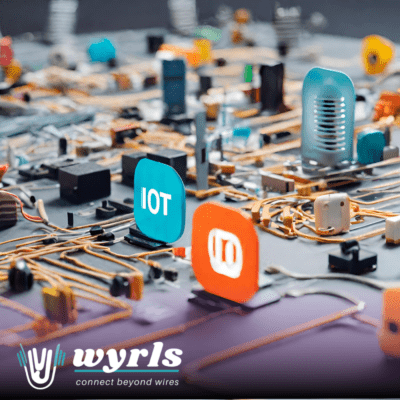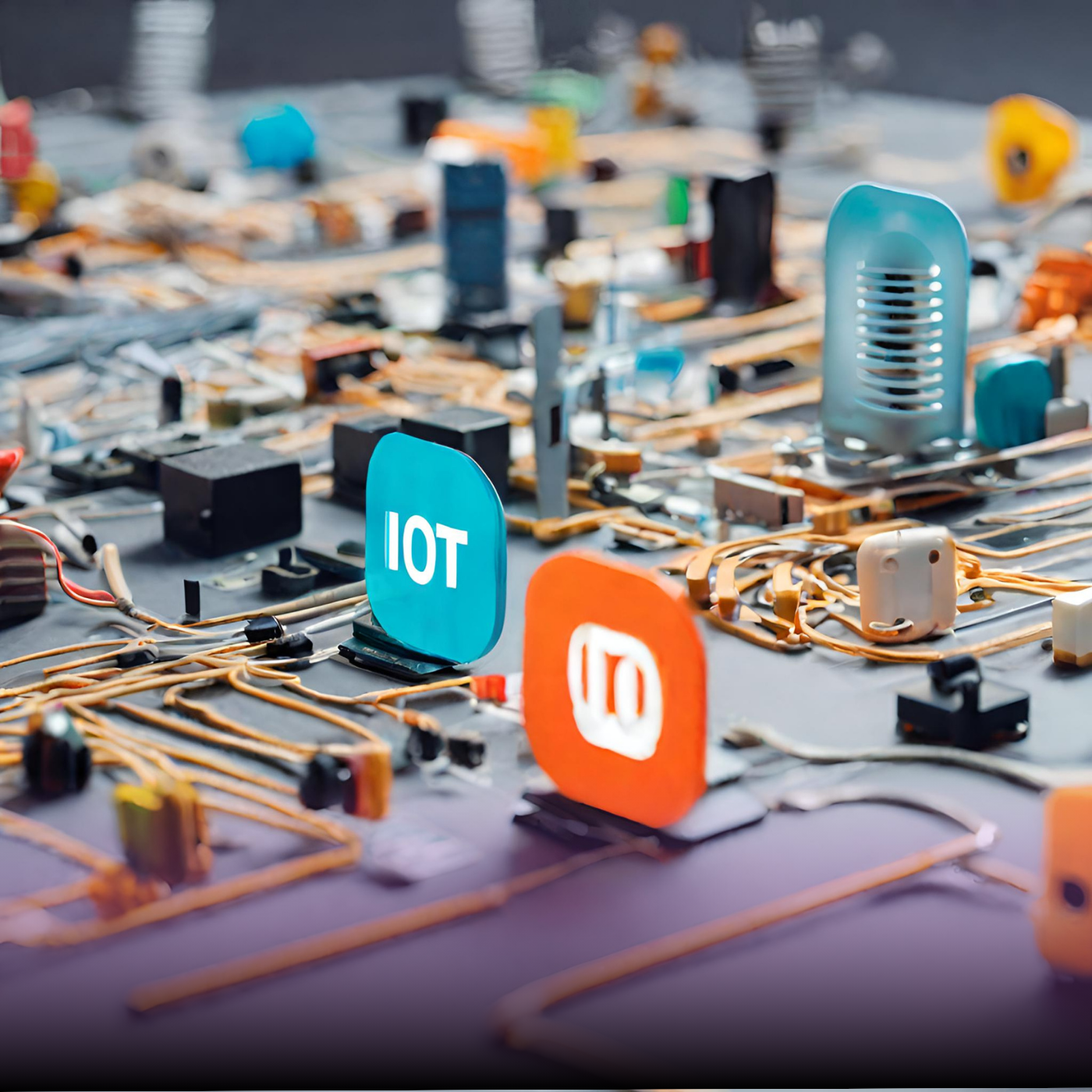
In today’s rapidly evolving technological landscape, companies face a critical decision: should they build their own IoT hardware or buy ready-made solutions? This question has become central, especially as we witness an explosive growth in IoT devices revolutionizing industries worldwide. I work with both ready-made products and self-developed IoT sensors. With 30 years of experience in the industry, I’ve seen the challenges from both sides. In this post, I share my insights to help you navigate this crucial question.
The myth of the $10 device
A common misconception is that building your own IoT hardware is cheap and easy. Sure, the bill of materials for an IoT product might be as low as $10 in some cases, but this is far from the whole picture. The true cost of developing hardware includes numerous other factors that are often overlooked by those new to the field.
The hidden costs of development
When I meet individuals who believe they can build an IoT device for $10, my first thought is about the overlooked costs: the development of hardware and firmware, certification costs, and even the cost of special firmware for certification of said device.
Moreover, there’s the risk involved. Would you trust an electronics design purchased via a LinkedIn contact for a few dollars, or do you want to take your project seriously and ensure reliability?
The $10 myth: Building your own hardware is cheap and easy
It’s easier than ever to start tinkering with IoT devices. All you need is an Arduino, some wires and components, and a bit of code from the internet. But this perspective misses the bigger picture.
From idea to implementation
Key questions you should ask before deciding whether to build or buy? Well, you need to start from the beginning and ask some fundamental questions:
- What is your idea, and can it be applied to your customers’ needs and your company’s vision?
- Does your idea have traction in the market?
- Have you tested it with a proof of concept?
- Have you identified a minimum viable product?
These four steps are crucial to fully understanding whether you should build or buy a device.
Challenges of building hardware
When building hardware, you must ensure that it works seamlessly with the software, and vice versa, year in and year out. In our project where we built a sensor gateway, we faced numerous challenges: how to run the device off a battery, how to optimize connectivity, and how to get accurate readings from the sensors. The list goes on.
Considerations regardless of build or buy
Whether you build or buy, several critical considerations remain the same:
- How will you handle security patches?
- How will you update the firmware remotely?
- How will you remotely monitor your devices?
- How will you manage the product lifecycle?
Build vs. buy: weighing the worries
When you buy, you might worry less, but there are still concerns. When you build, there are more worries, but you gain flexibility. Like many things in life, it often comes down to working with professionals to get professional results.
Added business value
When considering the added business value, buying ready-made solutions often allows you to bring products to market faster, leveraging the expertise of established manufacturers. This can be a significant advantage in staying competitive. On the other hand, building your own hardware can offer more customization and differentiation, potentially leading to unique market positions and tailored solutions that precisely meet your business needs.
The decision to build or buy IoT hardware isn’t straightforward. It involves a deep understanding of your business goals, technical capabilities, and market demands. By carefully considering the hidden costs and potential benefits, you can make an informed decision that aligns with your strategic objectives.

